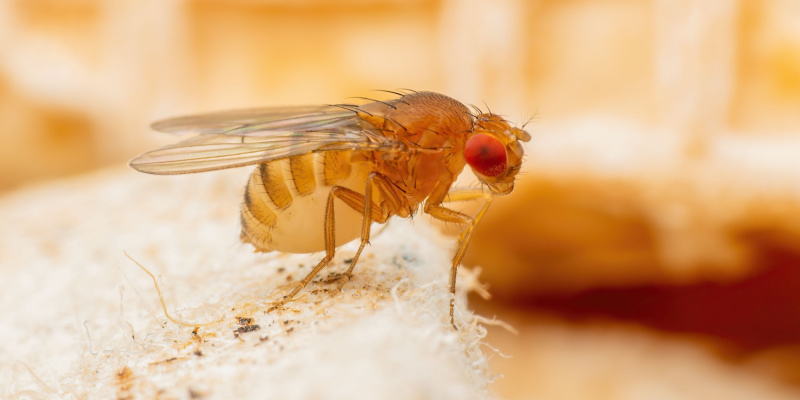In New York City's restaurant sector, a seemingly insignificant adversary often eludes detection until it manifests as a critical issue - fruit flies. Despite their diminutive size, these pests can rapidly escalate into a significant concern for dining establishments. Recognizing the risks they present and executing effective control strategies is essential for upholding the exemplary standards demanded within the highly competitive culinary landscape of New York City.
The Fruit Fly Menace in NYC Eateries
Why Fruit Flies Target Restaurants
Restaurants, with their abundant food sources and humid environments, are prime targets for fruit flies. These pests are drawn to fermenting fruits, vegetables, and any sugary substance. In a bustling city like New York, the constant influx of fresh produce coupled with the disposal of organic waste creates the perfect breeding ground for these insects.
Rapid Reproduction: A Persistent Problem
One of the reasons fruit flies are so difficult to control is their rapid reproduction rate. A single female can lay about 500 eggs, and these can hatch in as little as 24 hours. This means a small, unnoticed population can explode into a serious infestation in just a few days.
The Impact on Your Restaurant
Health and Safety Risks
Beyond being a nuisance, fruit flies pose significant health risks. They can carry bacteria and pathogens from contaminated surfaces to food and utensils. This not only jeopardizes customer health but also puts the restaurant at risk of failing health inspections.
Damage to Reputation
In the age of social media and online reviews, the presence of pests can be devastating to a restaurant's reputation. Customers are quick to notice and report unsanitary conditions, leading to negative reviews and a potential decrease in patronage.
Tackling the Issue with Professional Help
Choosing the Right Pest Control Partner
Systematic Pest Elimination, a dedicated commercial pest control company in New York, understands the unique challenges faced by the city's restaurants. Our specialized approach to pest control is tailored to the needs of each individual business, ensuring effective and lasting results.
Integrated Pest Management Solutions
The best approach to fruit fly control is an integrated one. This involves not just eliminating the existing population but also implementing preventative measures. Systematic Pest Elimination uses a combination of methods like identifying and sealing entry points, advising on proper waste management, and providing regular monitoring and maintenance services.
Proactive Measures for Restaurant Owners
Daily Cleaning Regimens
Maintaining a strict cleaning regimen is essential. This includes regular disposal of garbage, cleaning of drains, and wiping down surfaces where food particles and liquids might accumulate.
Staff Training and Awareness
Educating your staff about the importance of cleanliness and how to spot early signs of a fruit fly infestation is crucial. A well-informed team can be your first line of defense against these pests.
Regular Inspections and Maintenance
Partnering with a pest control service like Systematic Pest Elimination for regular inspections and maintenance can keep fruit fly populations at bay. Our pest control experts can provide valuable insights and tailor a pest control strategy that suits your restaurant's specific needs.
Maintaining a Fruit Fly-Free Environment
A fruit fly-free restaurant is not only essential for health and safety but also for maintaining the establishment's reputation. By understanding the threat posed by these pests, taking proactive steps, and working with a professional pest control company like Systematic Pest Elimination, restaurant owners in NYC can ensure a clean and welcoming environment for their customers. Remember, in the competitive world of New York City's dining scene, the smallest details often make the biggest difference.

